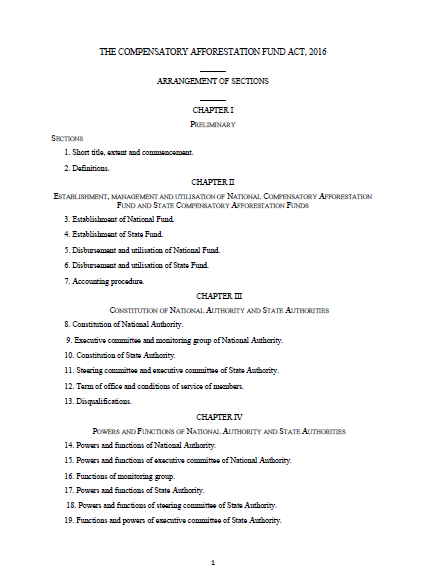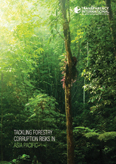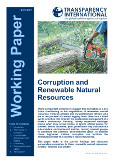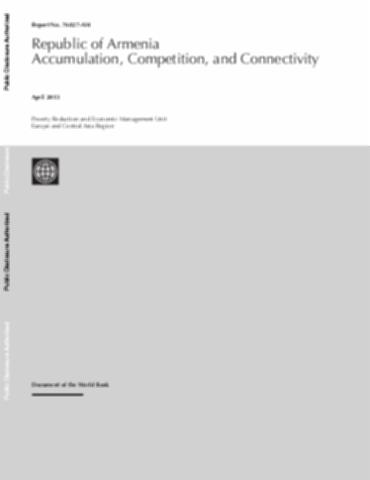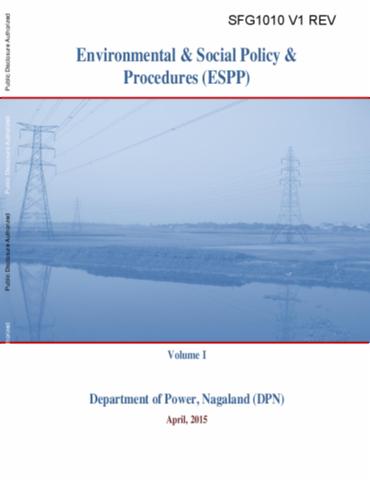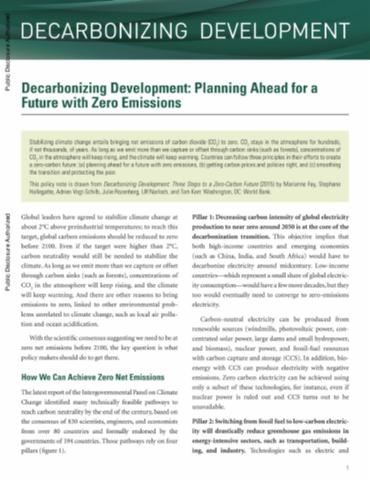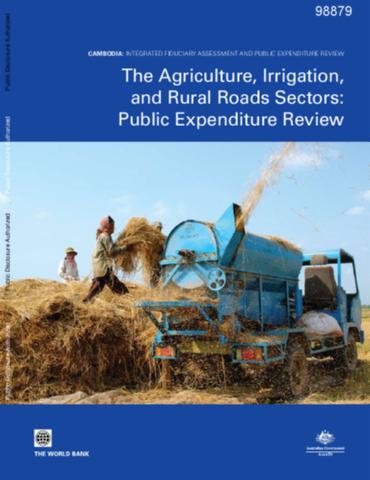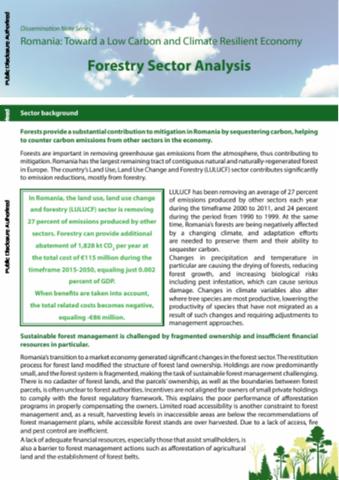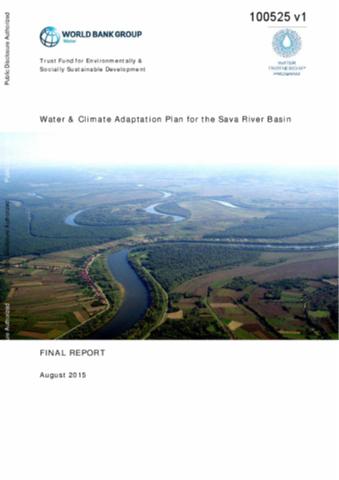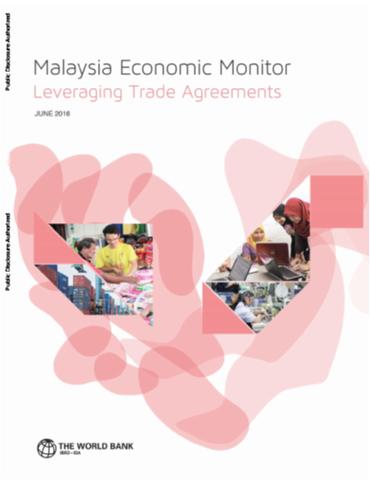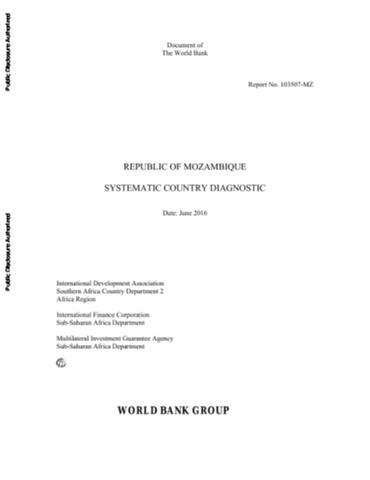The Compensatory Afforestation Fund Act, 2016
An Act to deal with establishment of funds under the public accounts of India and of each State, credit the monies received from the user agencies towards compensatory afforestation, additional compensatory afforestation, penal compensatory afforestation, net present value and all other amounts recovered from such agencies under the Forest (Conservation) Act, 1980.

